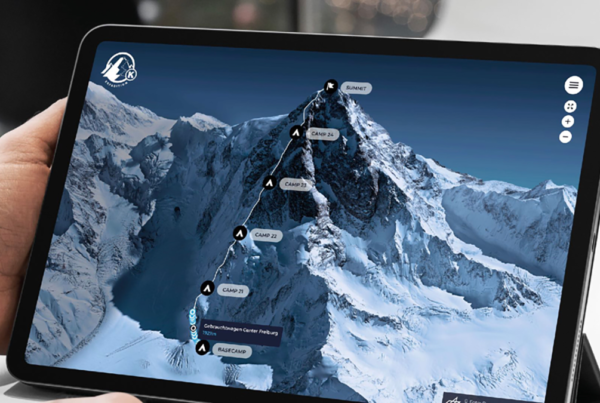As every year, the industry associations Leading Swiss Agencies and the Association of Swiss Advertisers publish the industry indicator. For this purpose, they again surveyed those responsible for marketing and communications at the leading advertising clients. When asked how they expect to allocate their budgets among the marketing disciplines in 2022, 22 percent went to sales support and 21 percent to marketing operations. Content/Campaign Creation and Management grabbed the biggest piece of the pie at 33 percent.
Thank you for reading this post, don't forget to subscribe!
Challenges without solutions
Further back in the report, we learn what challenges respondents will face in the coming months. Customer Journey Management is ranked first, Digital Transformation is ranked fifth, and right after that is proving the ROI of marketing efforts. Unfortunately, the respondents leave it open how they intend to use the budgets allocated to sales support and marketing operations.
Only 5 percent of interested parties are spontaneously ready to buy when they first come into contact with an offer.
More revenue with less effort
According to studies, those who opt for an inbound or content marketing strategy are using an effective tool. According to Aberdeen, for example, six times more interested parties can be persuaded to make a purchase through content marketing than through outbound measures. As always, success comes at a price. First and foremost, content marketing means clever strategy and then a great deal of content work. But the effort pays off. According to Gartner, content marketing ultimately costs 62 percent less than traditional marketing.
Exploiting potential that often goes unnoticed
Very few customers are ready to buy when they first land on an offer or company page. Too little attention has been paid to this fact in recent years under the pressure of short-term quarterly or shareholder thinking. Only just 5 percent of interested parties are spontaneously prepared to buy or conclude a deal when they first come into contact with an offer. The remaining 95 percent need some time to think about it, additional information or more attention.
Inform instead of persuade
This overwhelming number of first-time contacts must be kept in line. The most efficient way is via their e-mail address. With information that is meaningful to them, prospects are persuaded to identify themselves to the provider. Figures from Hubspot, Salesforce, Sharpspring and others show that classic means such as white papers, detailed case studies or an invitation to an exclusive webinar have the necessary appeal. The concrete “leads” thus gained can now be fed with further information until they too are convinced to make a purchase or close a deal.
Marketing Automatisation plays the passes precisely in front of the goal; Sales just has to sink the ball.
Automated from marketing to sales
This path is sometimes shorter, sometimes longer, and also varies from lead to lead. In addition, the number of interested parties—95 percent of all initial contacts, as a reminder—cannot be processed manually. And it doesn’t have to be. That’s what marketing automation is for. Supported by more or less clever software – always depending on the solution a company relies on – various tasks in customer acquisition and contact maintenance can be fully automated. Here, the process from the first non-binding contact to the first purchase and on to the loyal customer is completely individualized. According to Google, prospective customers in business-to-business transactions have an average of twelve contacts with a company before direct contact is made. So the path from marketing lead to sales lead can be a long one.
Leads for the sales department
Leads qualified through automated content marketing are very convenient for the sales department. This is because people volunteer, signaling that they have enough valid information about the offer. Consequently, sales effort is focused on offer details and financial and administrative paperwork. Marketing automation thus plays the passes precisely in front of the goal; the sales department only has to sink the ball.
Automate to close more deals
If, like the marketing and communications managers surveyed in the industry indicator, you have also budgeted for sales support, marketing operations and content/campaign creation, get in touch with us. We will be happy to show you which form of content is most convincing, how activities can be automated and how interested parties can be led to a purchase. Or simply when you want to win over not just the five percent who make a quick decision, but all interested parties as buyers.




